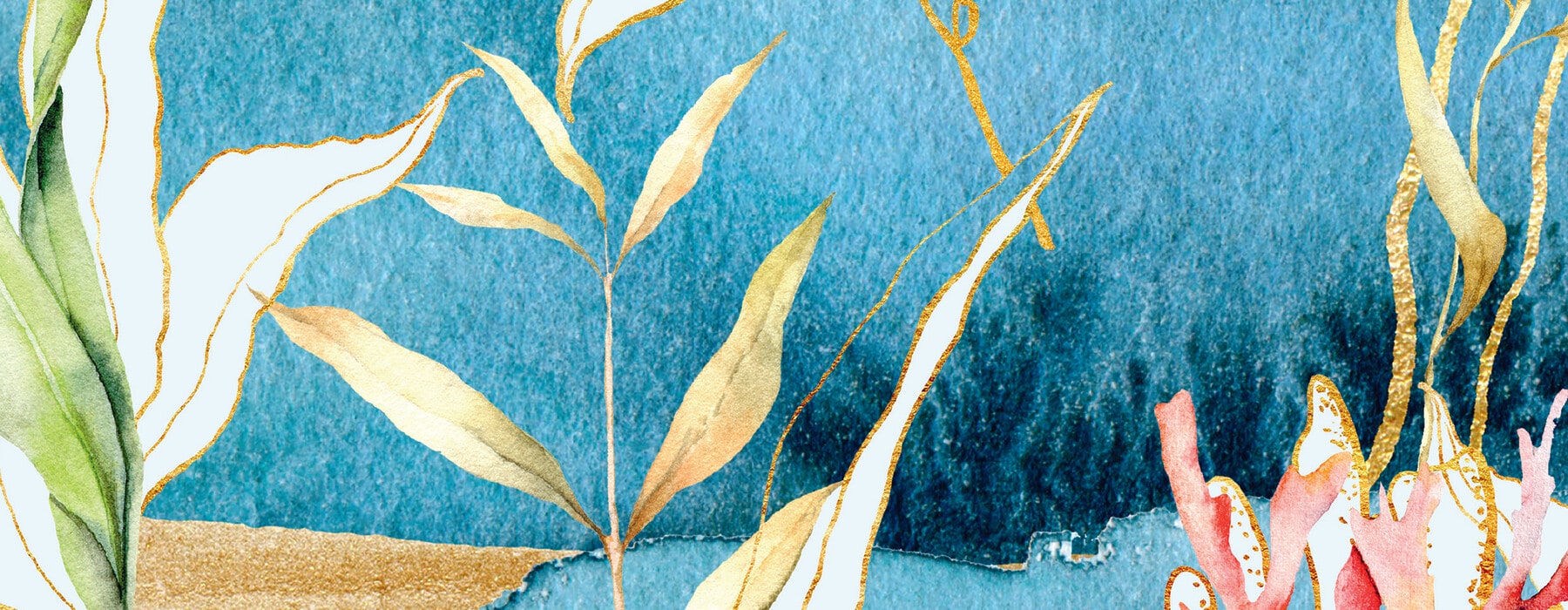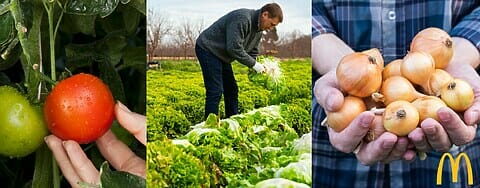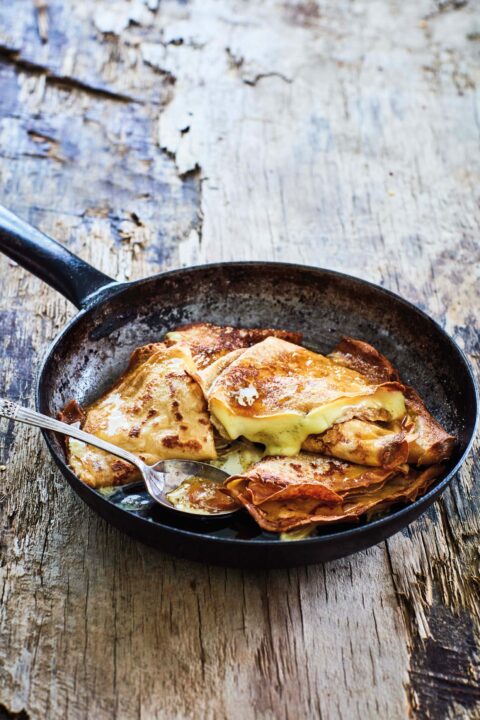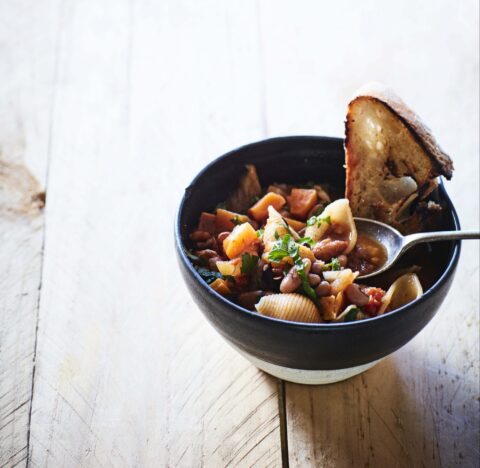These wild food aficionados say it’s time to embrace the culinary potential of nature’s magical marine plants – seaweed. Here are the benefits of this superfood.
Several times a month, Peter Langlands forages along the Banks Peninsula coastline for seaweed. A professional forager for the last seven years, Canterbury-based Peter also travels around the country running foraging workshops and hunting for wild foods for restaurants who want to add them to dishes.
About 70 percent of Peter’s daily diet is foraged from the land or ocean. While he rummages through nature for anything that’s edible, he is particularly knowledgeable about seaweed – or sea vegetables, as the ocean plants are commonly known in Asia and beyond.
Seaweed has been farmed in Asia for centuries, and is commonly used in coastal cuisines in Japan, China and Korea, while it is also eaten in coastal Europe, in places such as Iceland, Norway and Wales. Māori once ate karengo, a red seaweed found on rocky shores, and used bull kelp to store processed mutton bird.
In Japan, seaweeds feature in everything from preparing dashi broth to salads, soups and wrapping sushi rolls. Here, seaweed has been commercially harvested on a small scale since 2010, and is being turned into animal food, garden fertiliser, medicinal and pharmaceutical products and food products.
Peter, of Wild Foods, can’t say enough about the magic of seaweed. New Zealand has more than 1000 different varieties, and some of the most diverse and rich species in the world are dotted along our coastline. Only about 25 are actually edible or “worth eating’’. The most popular varieties are wakame, bladder kelp, New Zealand kombu, karengo (New Zealand nori), bull kelp and sea lettuce.
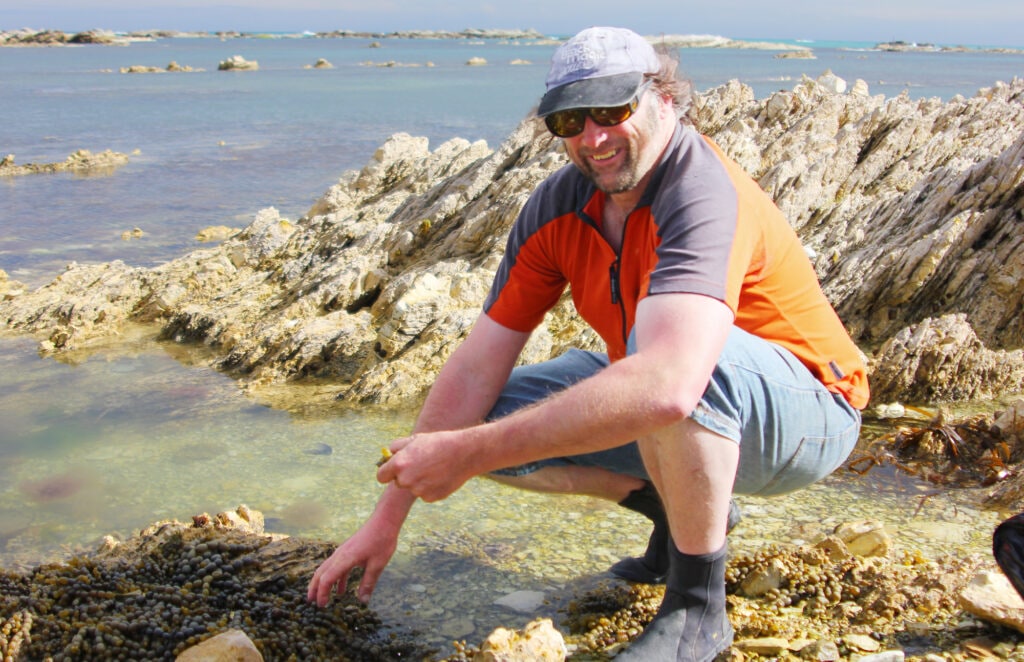
For those wanting to forage for their own seaweed, Peter says you have to know what you’re looking for, and also make sure there is no water pollution or soil run-off. Wash your crop for stones and snails. You’re not allowed to forage for seaweed in marine reserves, and there is a total ban on seaweed harvesting along the Kaikoura coastline to allow the ecosystem to recover after the 2016 earthquake.
Some species have a shorter shelf life, says Peter.
In other words, if they lie on the beach too long, particularly in the sun, they can go off. “You should look for a uniform colour, and if there is any blotchiness or a smell that suggests it has passed its use-by date. Once it starts to break down, you’ll get variation in colours.’’
Seaweeds are classified by their various colours: brown, green and red, and they all have different nutritional properties.
All contain nutrients and minerals, trace elements, vitamins and iodine. They also contain a complete (fat-free) protein – similar to that of egg – which is easily digestible. When we eat them, they have a cleansing function, especially green seaweeds such as sea lettuce, which contains alginic acid. They’re also packed with fucoidan, which has been scientifically proven to inhibit the growth of pathogenic bacteria, fungi and viruses. Green seaweeds are also rich in chlorophyll, just like green vegetables grown on land.
Peter particularly raves about kelp, which contains natural glutamic salts. Glutamine is an amino acid and known to be a superb brain food. Bladder kelp is thought to be one of the fastest-growing plants in the world, growing up to a metre in a single day. It’s also most sensitive to changes in sea temperatures.
“Seaweed tells us a lot about climate change. Kelp forests are also a really good indicator of the health of the environment because if you have a lot of run-off from the rivers and the land, that affects the quality of our seaweeds.’’
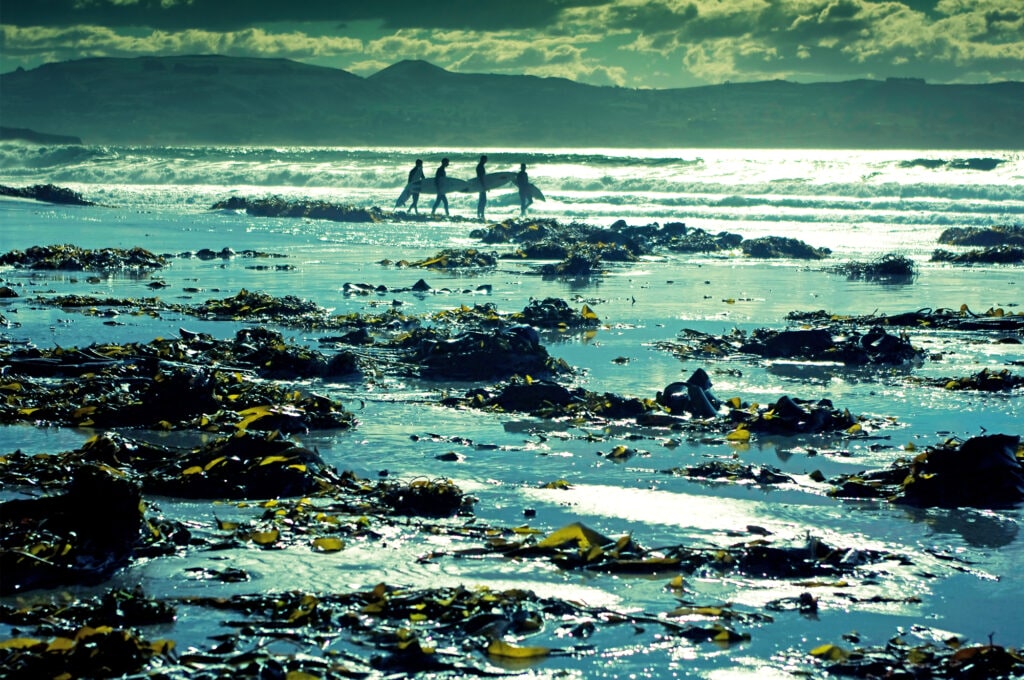
Wakame (Undaria pinnatifida) is indigenous to Japan, China and Korea, and was introduced here in the 1980s when it hung off the hulls of Asian fishing boats. Best foraged for in winter months, Wakame is also the seaweed most likely to be commercially grown here. Peter describes it as one of the most nutritionally dense seaweeds – high in vitamins and minerals, particularly Omega-3, and low in calories. One of the best ways to eat wakame is to add it to miso soup.
Peter has some tips about how to prepare and eat seaweeds. He oven-bakes kelp blades and eats them like potato chips. “It has quite a salty flavour, and when dried and crushed it makes a top seaweed sprinkle that can be used as a healthy substitute for salt, but with a more complex flavour,” he says. “It’s good to grind down into a powder to make a seasoning – smoke it first with mānuka to infuse some more flavour, and roasting will enhance flavour too.” He dehydrates wakame and then makes powders, which he sprinkles on dishes. “Wakame has a lovely soft texture, so I also blanch it and lightly season it.’’
One way New Zealanders often consume seaweed is via dehydrated nori sushi wraps. However, Peter scoffs at the nori wrapped around sushi rolls. “It’s nutritionally dead. It’s basically imported from China and highly processed,’’ he says.
Seaweed sources
For those wanting to try seaweed, a few New Zealand companies are transforming edible seaweed into food products. In the South, two farming families harvest kelp and wakame from around Stewart Island and Foveaux Strait and off the Otago coast. Their wakame and kelp seasonings and freeze-dried products are sold under the Kiwi Wakame brand. On Banks Peninsula, farmers Roger and Nicki Beattie harvest giant kelp from the ocean nearby. Under their NZ Kelp brand, they create a kelp pepper for dinner tables. They have also turned kelp into a health supplement for livestock and a natural fertiliser.
Pacific Harvest has harvested and sold seaweeds for more than 18 years. Its new owner and managing director, Hayley Fraser-Mackenzie, previously worked at New Zealand Trade and Enterprise, where she became interested in the rise of plant-based nutrition.

“I thought about where we are located in the world, and realised that we have these beautiful clean oceans and the ninth-longest coastline in the world. The more I read about seaweed, the more I became captivated by its environmental credentials.’’
Pacific Harvest makes a kelp salt to replace normal salt, and also sells seaweed seasonings and dried seaweeds. Hayley says seaweed adds unique umami flavours, wonderful texture and visual appeal to any meal or snack. Even a small addition of sea vegetables into your daily meals can have a big impact. For those worried about a hormonal imbalance or thyroid issue, seaweed is a natural leveller. “Seaweed’s status as a vegan superfood grows daily,’’ she says.
However, commercial farming hasn’t really taken off here yet. Different species grow in different areas and at different depths. She thinks there is room to change the rules around seaweed harvesting and possibly obtain more from New Zealand waters in ethical ways. (Kelp harvesting is currently managed under New Zealand’s quota system.)
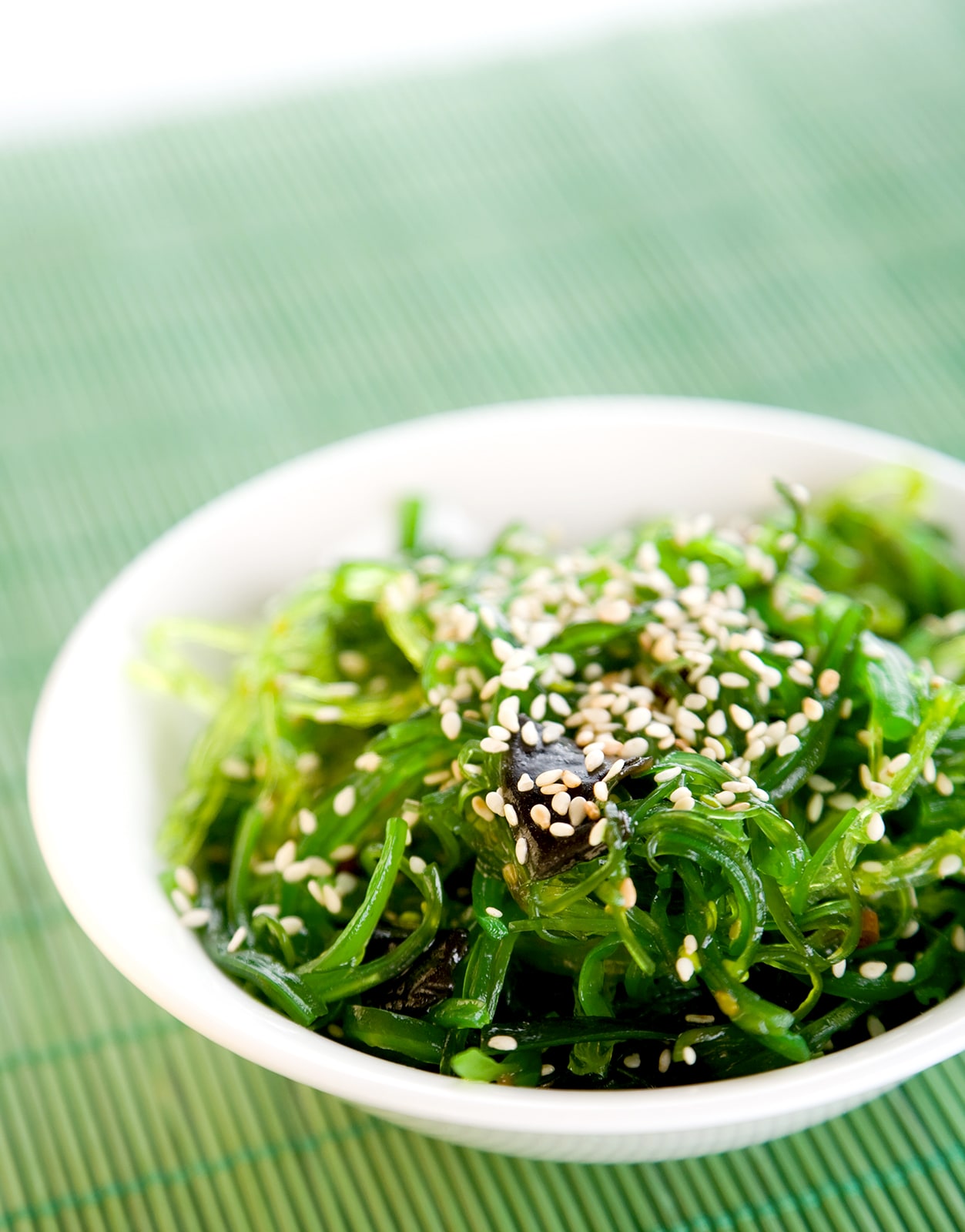
Pacific Harvest imports seaweeds from other parts of the world that aren’t found or harvested here. The company gets farmed nori from Korea and wild nori from South America. All are from clean waters, tested for contaminants and ethically harvested. Hayley loves that each seaweed has a different flavour and different properties. Sea lettuces are high in iron. Karengo changes flavour depending on whether it is straight out of the bag (tasting like mushrooms), roasted (nutty) or moist (similar to anchovies).
In Asian cultures, people eat seaweed products for breakfast, lunch and dinner. “Here, we are still learning about them. Overseas, they’re called sea vegetables which is probably a preferred term as the term ‘weed’ does them a disservice,’’ she says. “Our soils here can be quite depleted of goodness but our oceans have an abundance of minerals, which seaweeds absorb willingly.’’
And for those wanting to try seaweed, there are no rules around collecting as much as you like off a beach. Says Peter: “When people harvest it themselves recreationally, they can experience a lot more diversity that, at this stage, is not commercially available.”
Collection tips
- Avoid collecting near heavily populated areas.
- Choose a part of the coastline away from any commercial or industrial areas, or any large river mouths. Seaweed around these areas has the potential to have been contaminated by pollutants.
- When harvesting seaweed, take the younger outer portions of the blade or frond.
- Rinse seaweed in fresh water, if desired, then dry (hanging from a clothes line is a good method).
- Dry seaweed can be stored in airtight plastic bags for extended periods.
- As some species grow below the low-tide mark, having snorkelling gear is an advantage.
Harvesting ethics
- Cut a living plant from the rock with sharp scissors, being careful to leave the anchoring root and some vegetation so the plant will regrow.
- Harvest only enough to eat that day.

